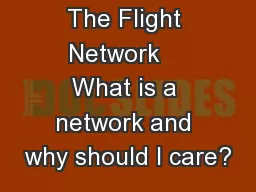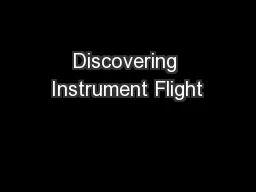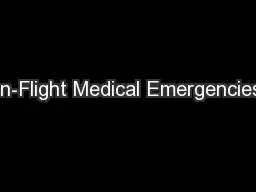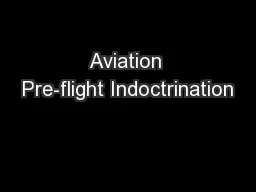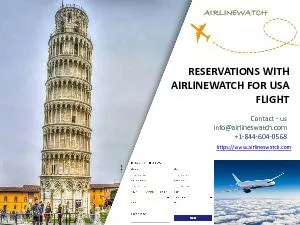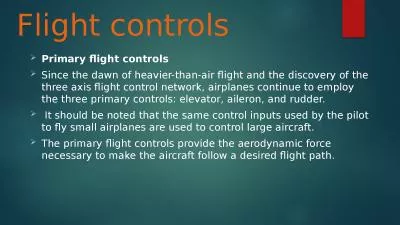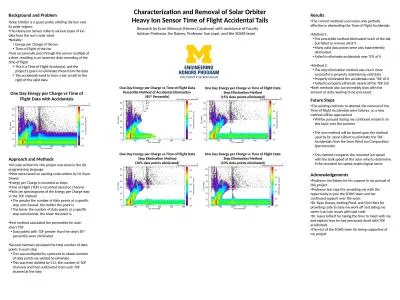PPT-The Flight Network What is a network and why should I care?
Author : faustina-dinatale | Published Date : 2018-10-31
Networks key elements A network is comprised of two key elements One being a point also referred to as an vertex The other being a line also referred to as an edge
Presentation Embed Code
Download Presentation
Download Presentation The PPT/PDF document "The Flight Network What is a network ..." is the property of its rightful owner. Permission is granted to download and print the materials on this website for personal, non-commercial use only, and to display it on your personal computer provided you do not modify the materials and that you retain all copyright notices contained in the materials. By downloading content from our website, you accept the terms of this agreement.
The Flight Network What is a network and why should I care?: Transcript
Download Rules Of Document
"The Flight Network What is a network and why should I care?"The content belongs to its owner. You may download and print it for personal use, without modification, and keep all copyright notices. By downloading, you agree to these terms.
Related Documents

